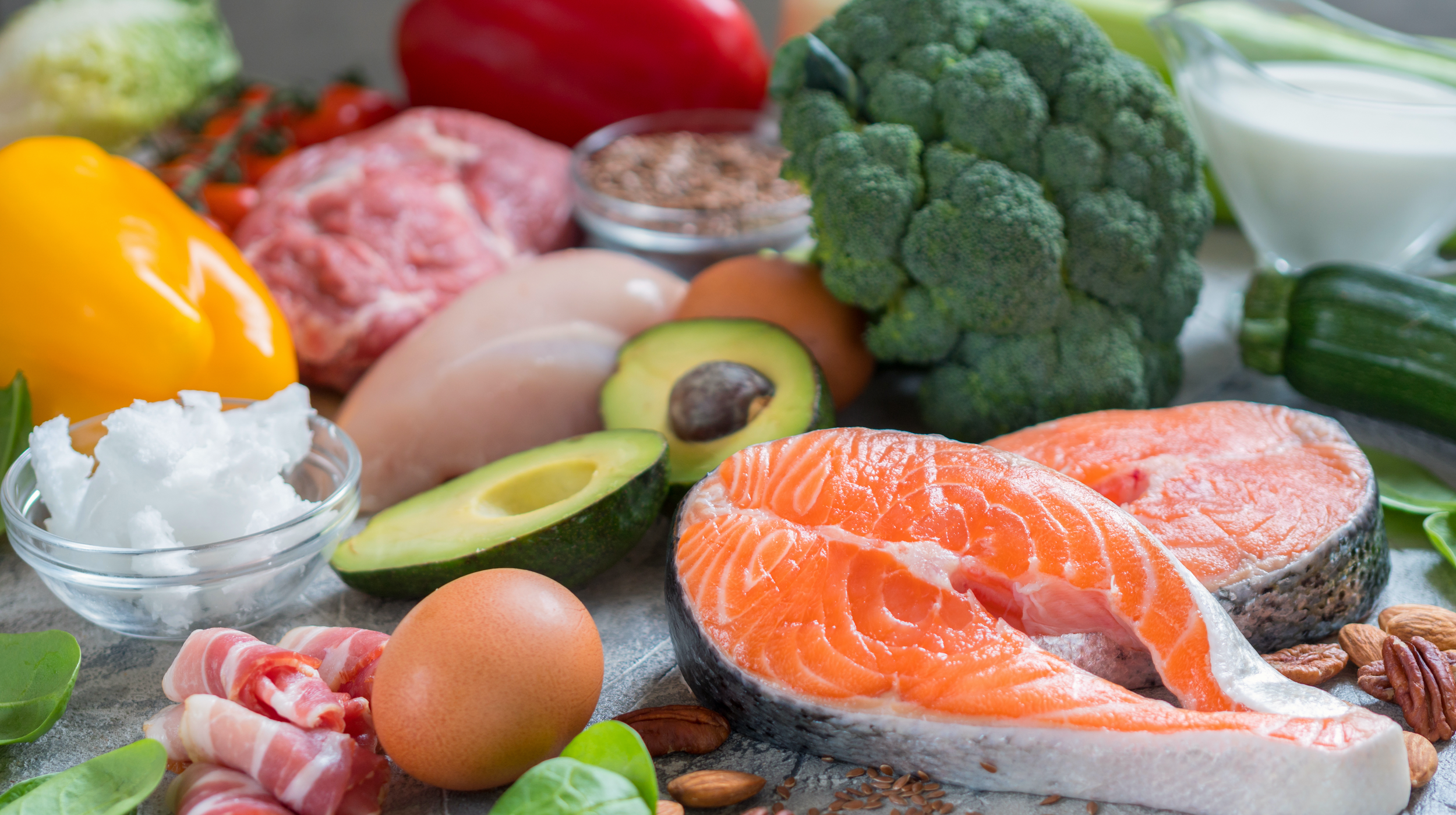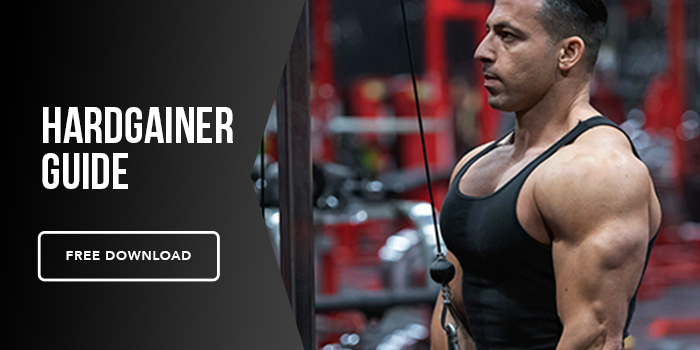We now have covered that you must be in a caloric surplus to gain weight and build muscle. This sounds simple, but let's dive into how this can be accomplished when your body is still saying it's not hungry, and you can't eat anymore. The last thing you want to feel is like you are trying to finish your meals but gaging over the process, which is far from ideal.
Why are some foods easier to eat?
We know how easy it is to eat a large plate of high-calorie junk food like pizza or french fries, versus a big bowl of lean protein like chicken or fish. This is partly because our palate is our sense of taste which gets input from our sense of smell. We smell fried or processed foods, and our senses become stimulated. This is due to our evolutionary past, and inherent sense to eat higher calorie options in case of food scarcity, past our point of fullness.
These foods hijack our senses past the point of satiety. Thousands of years ago, when people were foragers, there were not enough high-calorie foods to eat. Often such high-calorie foods tasted either sweet or fatty. So, we have evolved to find these tastes attractive because it helped us survive.
Although junk food isn't a great option, it has taught us about hijacking our palate past the point of satiety. If you ate all of your nutrient-dense whole food options already and are on occasion adding in a highly palatable food to encourage your body to want more, that's fine. But eating junk food on a regular basis can have adverse effects to your gut health (1).
What matters is that the majority of what you eat comes from nutrient-dense foods, and that you can use these palatable options as a tool, but don't rely on them. I suggest looking at the sequence of what you're eating before adding any junk food to your diet even to stimulate your appetite.
Why can't I eat enough whole foods?
For the hardgainer, this highly palatable junk food lesson can be used to your advantage. There are a few ways to avoid this palate fatigue state where your body will not eat anymore of the same whole foods. Researchers from the University of Sydney have developed the "Satiety Index," which ranks different foods based on their ability to satisfy hunger (2). According to the Satiety Index, some highly satiating foods include animal proteins, oatmeal, vegetables, boiled potatoes, fish, eggs, cheese, and lentils. The least satiating foods listed are baked goods, ice cream, white bread, cereals, and peanuts (2).
If you consider loading in your calories with satiating foods first, you will hit a wall when it comes to consuming your goal for the rest of the day and experience palate fatigue, unless you consider the sequence. In a broad sense, looking at macros from most to least satiating, first you have lean proteins, then fiber-rich carbohydrates, and lastly, fats. One good way to avoid palate fatigue is to eat the items you least want to eat first, such as protein and vegetables, and then eat the carbohydrate options after to reduce the feeling of fullness. This can be different for everyone. It is helpful to consider the sequence and track how you feel accordingly.
Another way to consume more calories is to whip up a liquid shake. On satiety level, liquids can be far less filling than a plate of actual food. You can add whole milk, coconut milk, as well as a nut butter and protein powder, to create a high-calorie addition. This is a sure way to add anywhere from 500- 1000 calories. When using a shake as an option at the end of the day a few hours before bed, it gives you yet another eating opportunity. Having more meals spread out from 4-6 throughout the day helps this process. You can physically set reminders on your phone to eat during the day, as it's easy to skip meals and eat consistently.
The bottom line is to eat in a sequence that fits your levels of satiety, and consider spreading your meals out to 4-6 meals per day, as well as adding a liquid option. It can be hard to eat calorically dense foods when you're eating nutrient-dense foods due to having those natural sources lower in calories. But the solution is not to gorge yourself with junk food high in calories on top of your whole food nutrition to get more. Track what you eat, the sequence, and how you feel, as that will teach you how your body is responding. Remaining consistent and following a progressive compound weightlifting program will help you to grow and no longer be a hardgainer.






